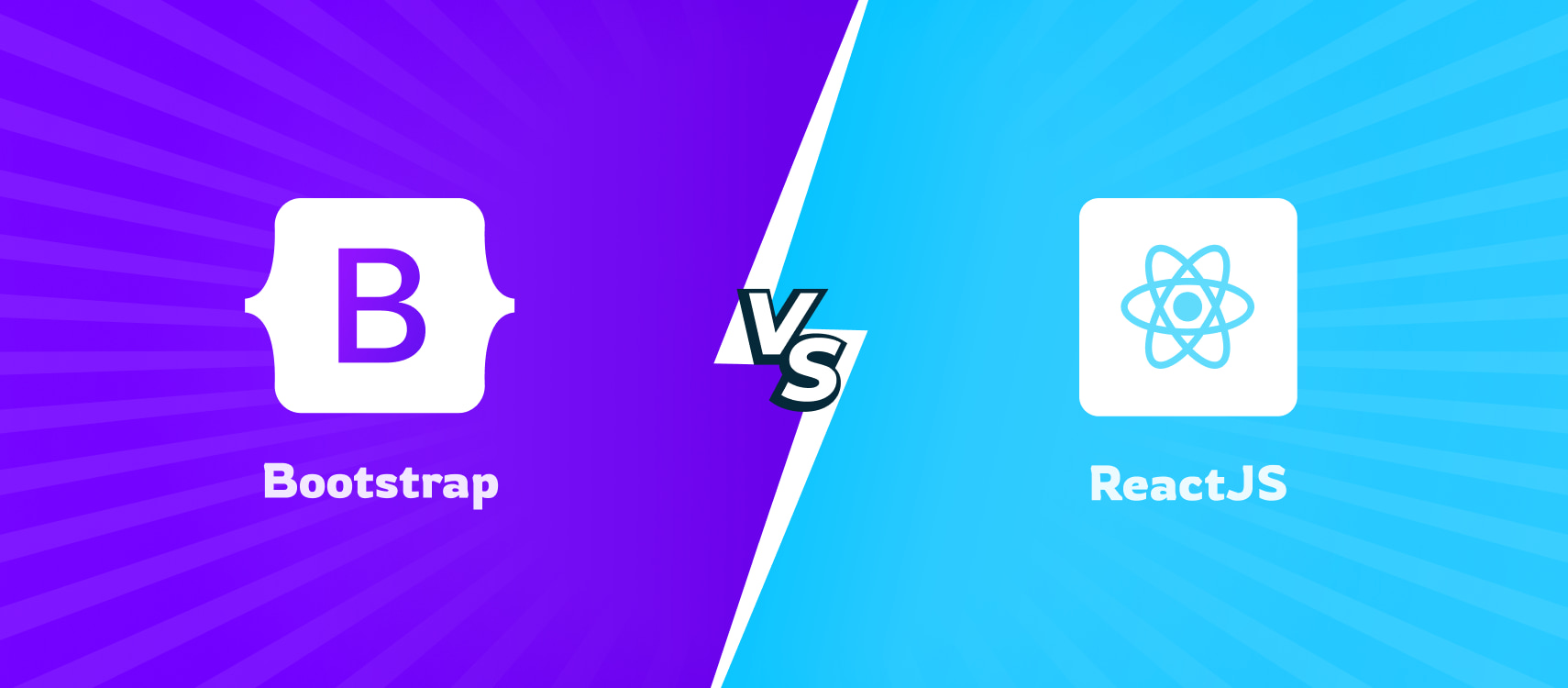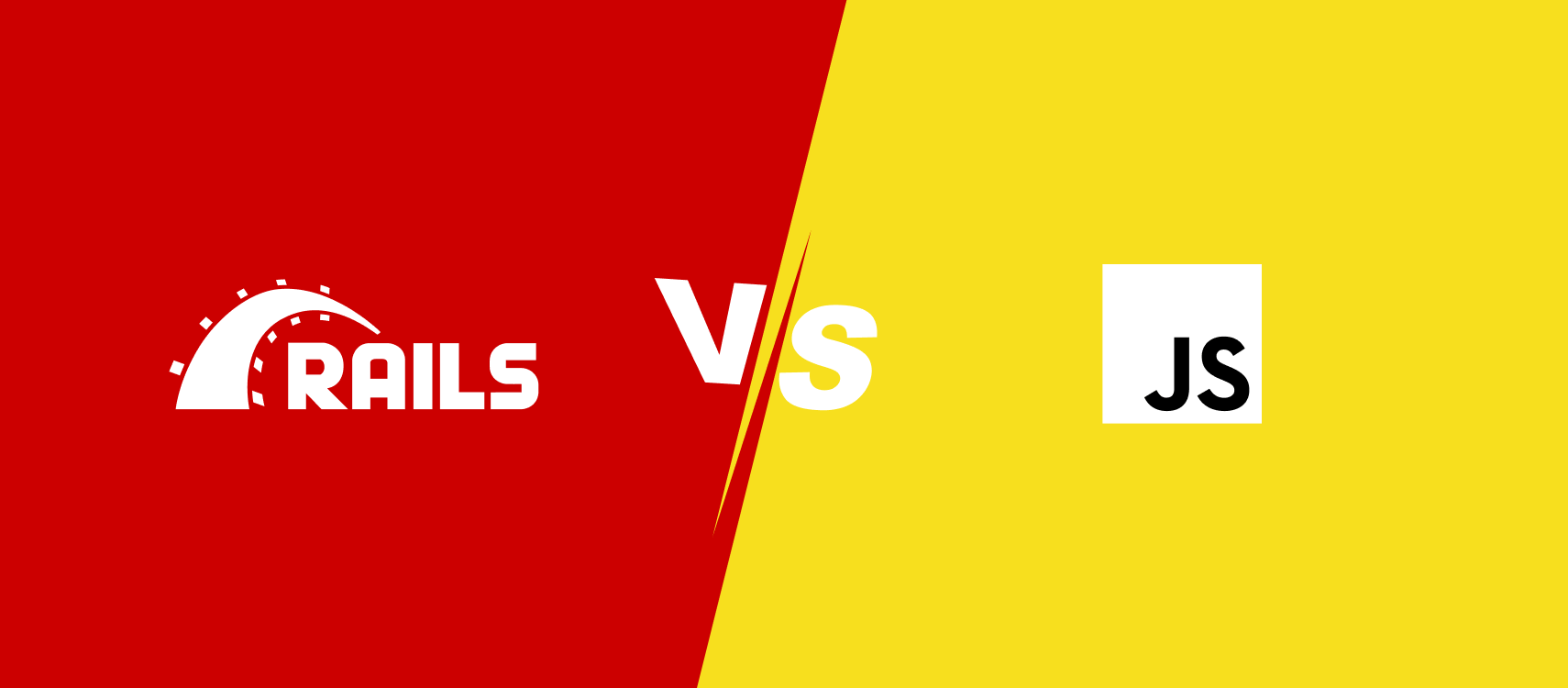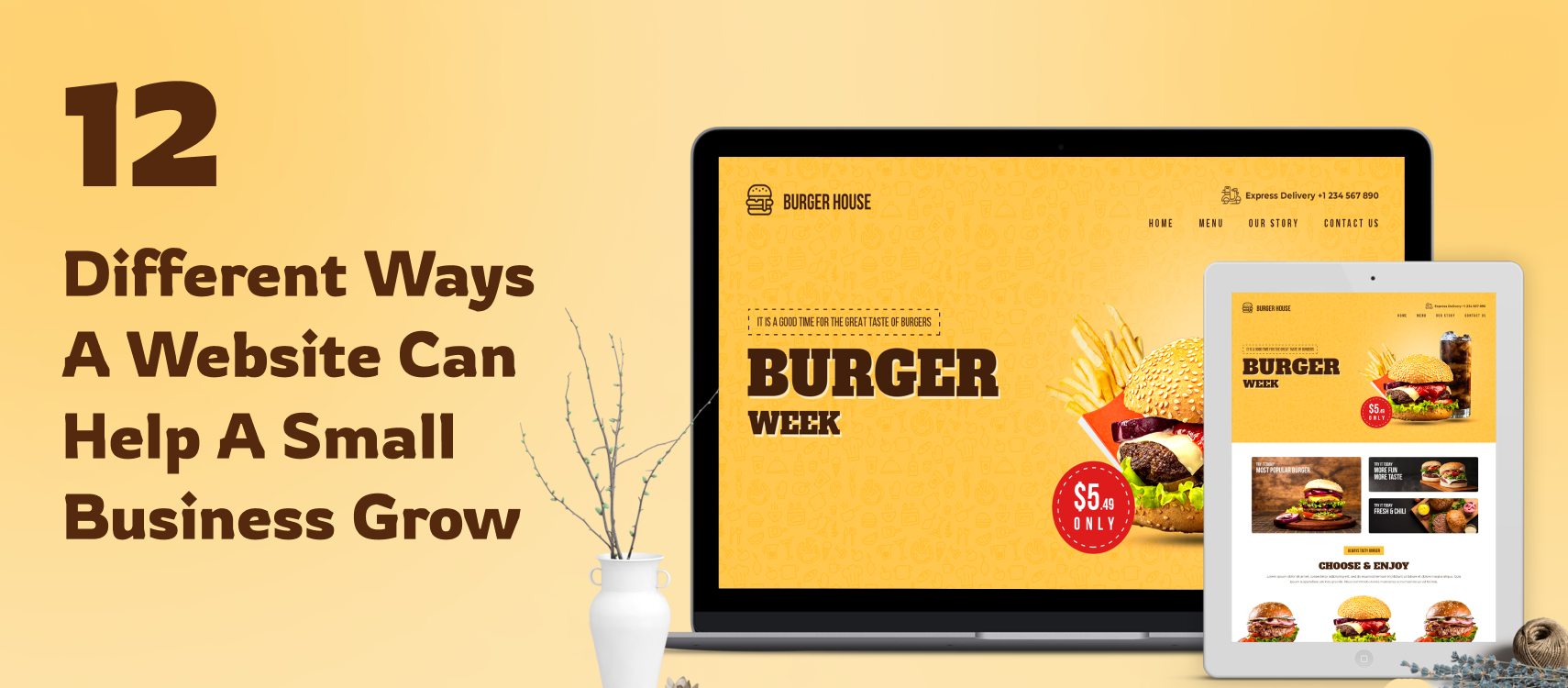Table of Contents
- Bootstrap
- React.js
- Ease of Learning
- Customization
- Development Speed
- Performance
- Priorities
- Community and Support
- Summarising
In web development, choosing the right front-end tools is crucial for building visually appealing, responsive, and feature-rich websites and applications. Two of the most popular choices are Bootstrap and React.js. While Bootstrap and ReactJS web development serve different purposes and have their unique strengths and weaknesses, a head-to-head comparison can help you make an informed decision about which one to use for your next project.
In this article, we’ll dive deep into the features, benefits, and use cases of Bootstrap and React.js, providing you with a comprehensive picture to choose the right technology when you hire frontend developers for your web project.
Bootstrap: A Versatile CSS Framework
Bootstrap is a widely used front-end CSS framework developed by Twitter. It’s known for its ease of use, pre-designed UI components, and responsive design. Let’s explore its key features, benefits, and use cases.
Key Features of Bootstrap include the following.
- Responsive Grid System: Sometimes even full-stack web developers alongside their regular tech stack use Bootstrap as it offers a responsive, 12-column grid layout system, making it easy to create mobile-friendly web pages.
- Pre-designed UI Components: It provides a vast library of ready-made UI components like navigation bars, buttons, forms, and modals, saving developers time and effort.
- Customizable Themes: Bootstrap allows for theme customization through variables and Sass, enabling developers to tailor the look and feel of their websites.
- Browser Compatibility: Bootstrap is compatible with all modern web browsers, ensuring a consistent user experience.
Some benefits of using Bootstrap are mentioned below.
- Rapid Development: Bootstrap’s pre-designed components and responsive grid system expedite the development process.
- Consistency: It enforces a consistent design language across the entire application, enhancing user experience.
- Community Support: Bootstrap has a large community of developers, which means you can find plenty of resources and third-party plugins.
- Mobile-First Approach: Bootstrap follows a mobile-first design philosophy, ensuring your website looks great on all devices.
Let’s now describe some use cases of Bootstrap.
- Responsive Websites: Bootstrap is ideal for creating responsive websites that adapt to various screen sizes.
- Prototyping: It’s a valuable tool for quickly building prototypes or Minimum Viable Products (MVPs) to test ideas.
- Corporate and Business Sites: Many corporate and business websites use Bootstrap due to its professional look and feel.
React.js: A Powerful JavaScript Library
React.js, is a JavaScript library for building user interfaces. ReactJS development services enjoy a high level of traction for the component-based architecture and exceptional performance of the framework. Now, let’s delve into React.js’s features, benefits, and use cases.
Key features of React.js include the following.
- Component-Based: React.js promotes a modular approach to building user interfaces, making code more organized and maintainable.
- Virtual DOM: It employs a virtual Document Object Model (DOM), resulting in efficient updates and improved performance.
- Reusability: React components are highly reusable, saving development time and reducing code duplication.
- JSX Syntax: React uses JSX (JavaScript XML) syntax, allowing developers to write UI components in a more declarative and readable manner.
Let’s take a look at React.js benefits.
- Performance: React’s virtual DOM and efficient rendering process contribute to high performance, even for complex applications.
- Community and Ecosystem: When you hire ReactJS developers, you get the advantages of a thriving ecosystem, including state management libraries like Redux and MobX.
- SEO-Friendly: React can be rendered on the server-side, which improves search engine optimization (SEO).
- Large User Base: Many prominent websites and companies, including Facebook, Instagram, and Airbnb, use React.js.
Some well known use cases of React.js are as follows.
- Single-Page Applications (SPAs): React.js excels in building SPAs, where seamless navigation and dynamic content are essential.
- Dynamic Dashboards: Applications that require real-time updates and interactive components, such as dashboards, benefit from React’s capabilities.
- Mobile Apps: React Native, a framework built on React.js, enables the development of cross-platform mobile applications.
Now, let’s compare Bootstrap and React.js across various aspects to help you make an informed choice for your project:
Ease of Learning
- Bootstrap: It’s relatively easy to learn and doesn’t require advanced JavaScript knowledge.
- React.js: React.js has a steeper learning curve, especially if you’re new to JavaScript libraries and concepts like JSX and component lifecycle.
Customization
- Bootstrap: While customizable, Bootstrap’s level of customization might be limited compared to a custom CSS solution.
- React.js: React offers complete control over UI components and styling, making it highly customizable.
Development Speed
- Bootstrap: Bootstrap’s pre-designed components can significantly speed up development.
- React.js: React’s component-based architecture can lead to faster development in the long run, but initial setup might take longer.
Performance
- Bootstrap: Bootstrap’s performance largely depends on the way it’s implemented, but it doesn’t inherently optimize performance like React.
- React.js: React’s virtual DOM and efficient rendering make it a top choice for high-performance applications.
Priorities
- Bootstrap: Best suited for projects where rapid development and a consistent UI design are priorities.
- React.js: Ideal for applications requiring dynamic, interactive user interfaces, such as SPAs and mobile apps.
Community and Support
- Bootstrap: Bootstrap boasts a large community and a wealth of resources and third-party themes and plugins.
- React.js: React has a massive and active community, providing extensive documentation and numerous open-source libraries.
Summarising
In the Bootstrap vs. React.js showdown, the choice ultimately depends on your project’s specific requirements. If you need a fast, responsive, and consistent design for a website or web application, Bootstrap is an excellent choice. On the other hand, if you aim to build highly interactive, dynamic interfaces with top-tier performance, React.js is the way to go. Both tools have their strengths, and the decision should align with your project’s goals and your team’s expertise.










